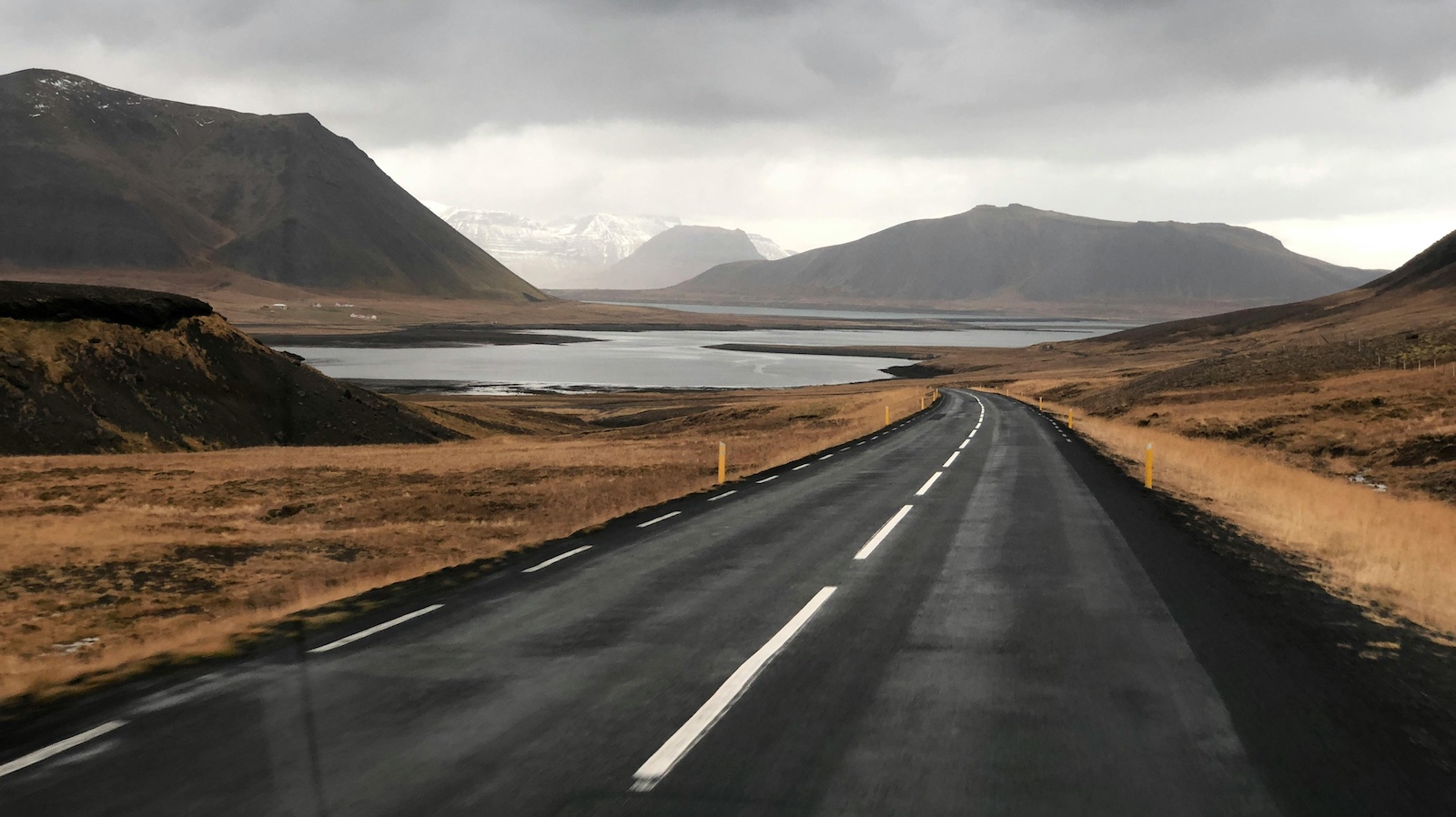A bright spot for small business insurers: Customer trust is on the rise.
Fifty percent of small business owners trust their carriers more than they did pre-pandemic. That number jumps to 80% when the business owner has filed a claim. One big driver: accelerated claims payments, which have helped business owners quickly recoup lost revenue in a stressed economy.
Speed is the new normal. To maintain insureds’ trust, carriers need tools that can create long-term efficiencies, from writing policies to handling claims.
One highly effective tool that many carriers aren’t using? App-free video software, which can remotely evaluate risk, assess damage, triage claims and prevent fraud.
Here, I’ll dive into three use cases to show how video tech can help speed the underwriting and claims processes.
1. Use App-Free Video Tech to Handle Property Inspections
Property inspections – key for brick-and-mortar businesses – are an important part of the underwriting process. But they’re also a major time suck.
Typically, inspectors have to spend time traveling from site to site to work through their daily queue. If an inspector gets stuck in traffic, that can affect the time they have to complete each job. Add up multiple delays, and inspections might be bumped to the following day.
For insureds, these delays aren’t just inconvenient – they can extend the time it takes to receive an accurate premium. Carriers need efficient inspections to start each customer relationship on the right foot.
With app-free video tech, inspectors can thoroughly inspect properties without losing time in traffic. Here’s what a remote inspection looks like:
- The inspector video-calls the insured via an SMS link – no app download needed.
- The insured uses their smartphone camera to show the inspector areas of interest, like their industrial kitchen or HVAC system.
- The inspector guides the insured through the inspection checklist, using screen capture and augmented reality features to take photographs and circle problem areas.
- The insured can ask questions throughout (e.g., “How should I correct this trip hazard,” or “Which security system would you recommend?”), and the inspector can look up answers in real time.
Remote property inspections allow carriers to quickly evaluate risk, adjust pricing and recommend upgrades. The result: a faster underwriting process that leaves insureds satisfied.
See also: 5 Keys to Transforming Underwriting
2. Use Remote Video Tools to Triage and Assess Claims
When business owners file a claim, it can take several days for an on-site adjuster to arrive – and even months if the loss is disaster-related. But many businesses can’t afford to wait. They might need an inspection to reopen, especially if operating from another location isn’t feasible. And the longer they wait, the more money they lose.
One reason for slow response time, of course, is the sheer volume of claims in each adjuster’s queue. With up to 100 new claims a month, adjusters need the right tools to reduce backlog.
Again, app-free video software can help.
For example, let’s say an adjuster has a few properties in today’s queue: a couple of storm-damaged storefronts and a fully burnt-out restaurant. With remote video tech, the adjuster can video-call each business owner to get a quick look at the damage.
If the storm damage seems relatively mild – say, a few loose shingles or cracked windows – then the adjuster can inspect each storefront on the spot. They can use the time they save to thoroughly inspect the burnt-out restaurant (a possible arson) in person.
When adjusters remotely assess damage, they can gauge inspection needs without unnecessary travel time. This way, fewer jobs pile up in the queue – and insureds get a faster claims resolution.
3. Use Reporting and Analytics Software to Prevent Fraud
Insurance fraud costs nonlife insurance carriers over $40 billion each year. That’s why most carriers invest a lot of time in fraud prevention.
The good news? With tech like automated red flags and predictive modeling, it’s easier than ever to prevent fraud. But there’s room to increase efficiency. Just 35% of carriers use photo analytics software – a valuable fraud prevention tool during the underwriting and claims process.
To more efficiently mitigate your fraud risk, I recommend using a remote inspection platform that enables photo reporting and analytics.
After conducting a virtual inspection, inspectors and adjusters should be able to download an editable report that includes:
- Photos of the insured property. These can verify the extent of property damage or identify features that confer premium discounts (e.g., a smart security system).
- Geotags. Standard location metadata is relatively easy to overwrite. Geotags can independently prove an insured property’s location via linked map coordinates.
- Software integrations. This makes it easier to run photos through image recognition software and upload inspection information to your policy management system.
With the right reporting and analytics tools, carriers can use video-based insights to cover their bases and avoid fraud.
See also: Why Underwriters Don’t Underwrite Much
Go Digital to Stay Competitive
These days, more carriers than ever are adopting digital tools to boost efficiencies and better serve insureds. That’s especially true for small business insurers. Tech has proven key to insuring customers and driving profit at scale.
But there’s a lot of work to do. Worldwide, fewer than 25% of carriers have fully digitized the value chain. And there’s a growing revenue gap between all-digital giants and industry laggards.
Video-first inspections can help close that gap. With another tool in their digital toolkit, small business insurers can boost customer retention and preserve their revenue generation. They can even reduce their carbon emissions, thanks to fewer in-person inspections. The overall impact: a step toward staying competitive in an increasingly digital space.






